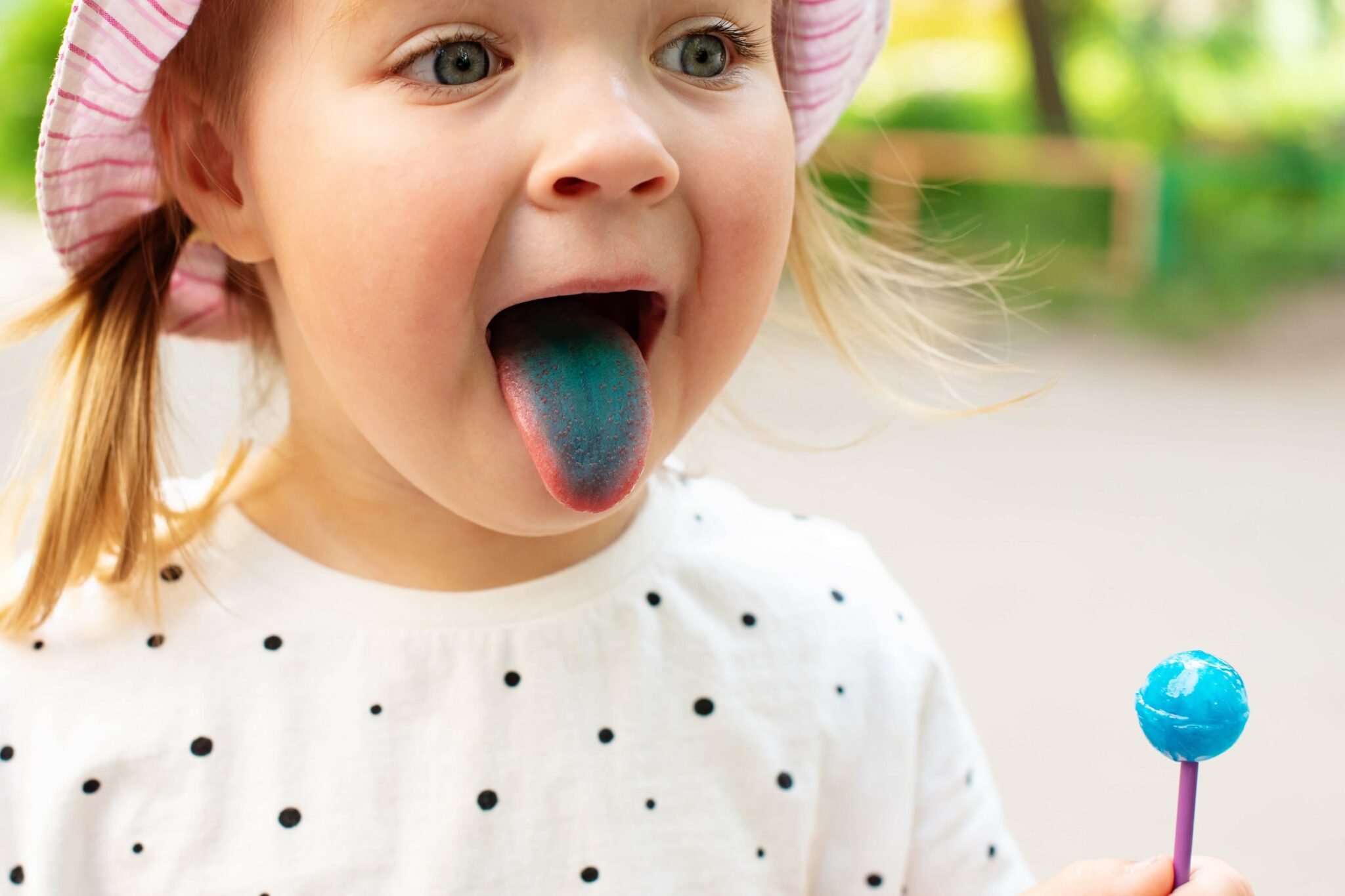Is Food Coloring Dangerous?


Food coloring is everywhere, from colorful candies and snack foods to healthy yogurt, cheese, and juice. But how safe is it? Should parents worry about the safety of food coloring?
It’s important to understand that the Food and Drug Administration approves all food colorings in the US, which is responsible for monitoring the safety of the food and drug supply. Nevertheless, many parents may have heard about unsafe food dyes, even approved ones.
In the early days of the processed food industry, food dyes were made from natural ingredients. Unfortunately, natural doesn’t always mean safe, and some of these dyes were found to be toxic. This spurred manufacturers to start making synthetic dyes.
By the early 1900s, scientists had come up with around 80 synthetic dyes for foods. By 1938, researchers discovered most of these dyes were not any safer than the toxic ones they replaced. The number dwindled to 15. Today, only seven dyes are considered safe by the FDA, despite constant controversy.
Many parents report behavioral issues in their children that they link directly to the consumption of artificial dyes in foods. Currently, Yellow #5, also known as tartrazine, is under debate. It is illegal in Europe because of its potential to cause allergies, hyperactivity, and cancer.
Studies on Yellow #5 and #6 have shown the possibility of allergic reactions and hyperactivity. Although these dyes do contain small amounts of the known carcinogens benzidine and 4-aminobiphenyl (or chemicals that the body converts into them), their isn\’t enough evidence to prove that either causes cancer, according to the FDA.
According to the FDA, most of these reactions are more like an allergy that only affects certain children. Banning these dyes would be like banning peanuts for everyone because some children have an allergy to them.
Still, not all parents are convinced. Fortunately, it isn’t too difficult to avoid artificial colors if you choose to keep them out of your child\’s diet. Most companies label their products if they contain artificial colors. There are also a growing number of companies that offer all-natural alternatives.
Sources:
- Forbes
- Living in Color: The Potential Dangers of Artificial Dyes
Center for Science in the Public Interest - Food Dyes: A Rainbow of Risks
BBC News - Parents Warned of Additives Link
The Feingold Association of the United States - Diet & ADHD
The Lancet - Food Additives and Hyperactive behavior in 3-year-old and 8/9-year-old Children in the Community: A Randomized, Double-Blinded, Placebo-Controlled Trial
Toxicological Sciences - Synergistic Interactions between Commonly Used Food Additives in a Developmental Neurotoxicity Test
Powered by Bundoo®










































